Let’s be honest, the penitentiary system is a complicated system. It is a system that has always existed. It is not a perfect system, far from it. There are too many people who must serve sentences, who have committed illegal acts and mistakes. It is a system in crisis. It has stopped being in the news, being important and it has generated indifference.
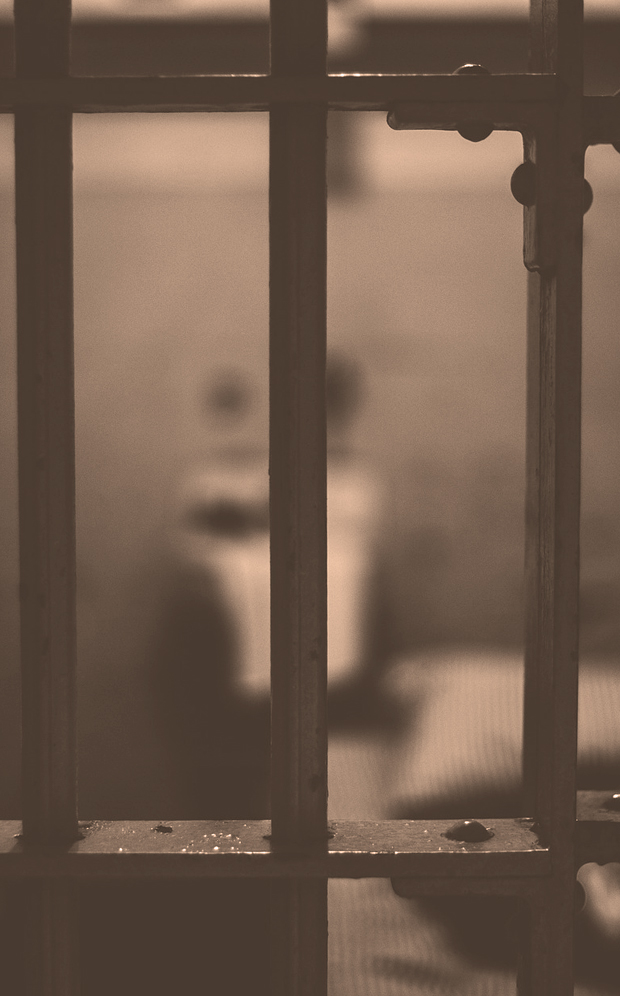
In Colombia, significant progress has been made in favor of the prison and penitentiary system. For this reason we want to establish that the current regime is offering greater guarantees to its inmates.
However, it is a system full of complicated problems and realities. Some of these complicated realities are the result of overcrowding, belonging to gangs, knowing that there are serious outcomes after committing illegal acts, basically, being deprived of freedom.
The Political Constitution of Colombia of 1991, introduces the conception of a Social Welfare. The objective is the protection and respect for human dignity, work and solidarity of the people that make up the territory.
Now I accept and understand that I brought this upon myself and I am the only one who can free me. -inmates testimony- (right)
In this way, Colombia has the duty to provide a system based mainly on respect for Human Dignity whose main function is the re-socialization and rehabilitation of those who are detained.
This is how we found Sonia Bernal Carrasco and her social initiative Prison Meditation.
The background
When speaking with Sonia I realized the importance of investigating more on this subject. It was a fluid, harmonious and slow conversation.
Sonia was born in Bogotá and studied business administration at the Pontificia Universidad Javeriana with a specialization in Marketing Management. During eleven years she was part of the corporate world, occupying positions in marketing and communication fields. But, like everything in life, this cycle came to an end. Then she changed her life direction and devoted herself exclusively to meditation and therapeutic processes.
Meditation “came” to her life as a natural and profound practice, connecting with the present, where there is only consciousness.
I visit prison because I choose to and the only thing I receive from the prisoners are gratitude, love and life lessons.
– Sonia Bernal –
She remembers that her parents, younger sister and herself lived a strong episode of theft in their house. What they took away was quickly forgotten, but the feeling of invasion, of risk, the memory of the guns pointed in the head, connected them deeply and inevitably with fear. She tells me that they had violated the intangible to the point of not being able to sleep peacefully. At that time the meditation was like a lifesaver. Little by little all those sensations, emotions and memories began to transform internally until they reached a calming sensation.
Working with inmates
In any case, not all people who meditate work with people deprived of their freedom. And, this factor caught my attention.
She was always motivated by the search for tools that would help her consciously observe and understand her thoughts and my emotions. That’s why she alternated her studies and work with meditation practices. Bernal Carrasco complements her practice with the study of yoga and alternative therapies, through which she become aware of my inner strength. This path and the birth of her son in 2009, impelled her to change her life.
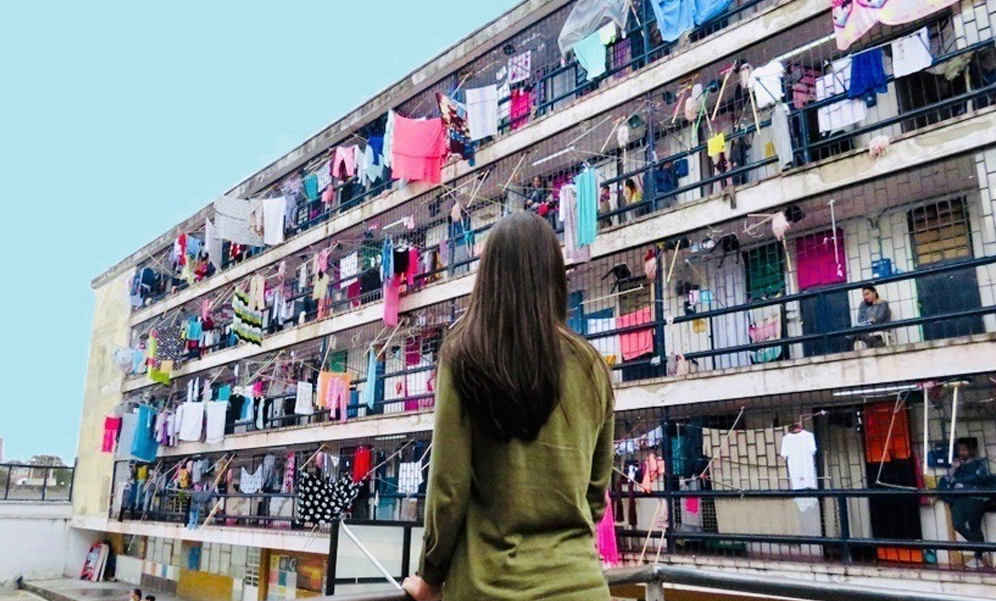
Ernesto Carrasco © Solkes
Laura Viera A: Tell me a little about the work you do with female inmates.
Sonia Bernal Carrasco: Three years ago in a group meditation in Mexico, an image came to my mind where I was surrounded by women in a prison … at that moment I felt – and I knew – that the time had come to expand my work. That image connected me to one of my life goals, with the intention of service that has always accompanied me, so I decided to take a first step to fulfill it. I sat down and wrote many hours without stopping. I developed a social project to take meditation to schools, detention centers and clinics. A month later I was directing a group of meditating children in a school in La Calera and patients of different ages and with different diagnoses in some clinics in Bogotá. Finally, I send my proposal “Prison Meditation” to the Accion Interna Foundation, which develops projects to dignify and improve the quality of life of the prison population and post-convicted in Colombia, and I start working in prison.
There are many moments that have been difficult so far. According to her, what most moves her is to recognize the victim through the victimizer. Feel the wounds that their life stories hide, in an attempt – frustrated – to avoid a little pain.
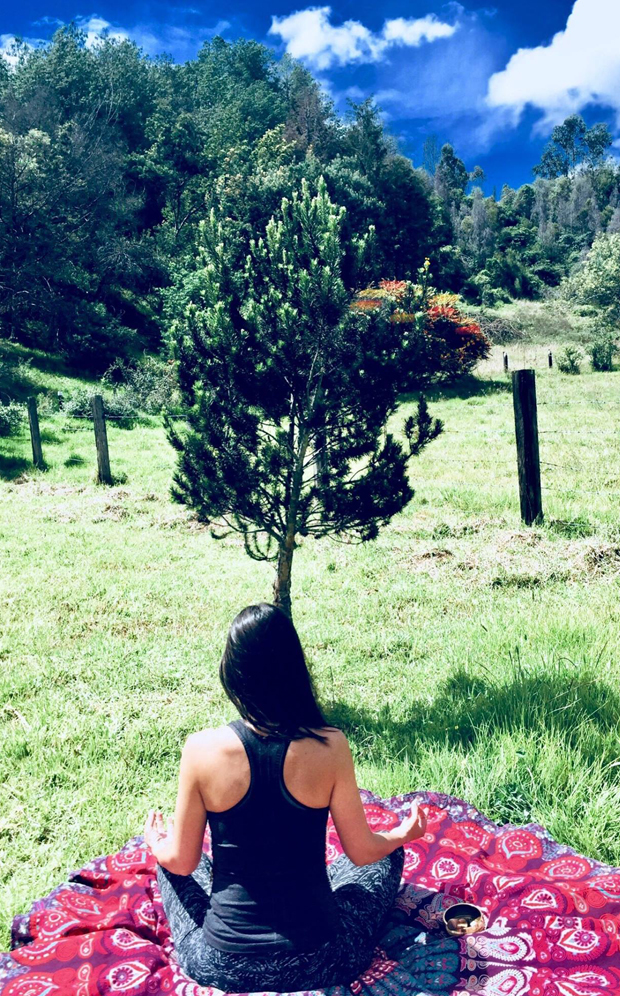
She constantly reminds them that what deprives us most from freedom are our own believes. That everything happens for a reason, that there is always a moment to heal and they confirm this.
Through meditation, Bernal sees how their layers of pain are falling, one by one, until they reach their childhood, the original wound caused by abuse, damage, helplessness, lack of protection and, of course, the absence of love.
It is undoubtedly a strong process and they need a lot of courage to allow themselves to return to that place, Sonia makes me a parenthesis and reaffirms her admiration towards these women for doing this. For the inmates it is also important and necessary for them because as they advance in their practice, they mobilize all those repressed emotions for so many years, until they begin to heal.
The easiest – and the most beautiful thing – has been to achieve a deep and very human connection with the inmates, where there is only space to accept reality and the present as they are.
The environment within the prisons is dense. The energy inside the different courtyards is not the same but the environment is usually heavy. Sonia goes to jail weekly so she has had to witness “unexpected situations”. Aggression, overcrowding and some assaults between them. She has also experienced some events that until now have broken her soul. For example, the moment they go into prison, the moment they meet their deceased relatives to say goodbye and the moment they find a a friend who decided to take her own life.
Laura Viera A: Are you afraid when you go to the jails?
Sonia Bernal Carrasco: I have not felt fear in jail, sometimes it is more complicated to go out and face all this reality in which we live. In January I had the opportunity to meditate with an American ex-convict who came to Colombia to visit the inmates of different prisons in the country. He was wondering how I “protected” myself in this working enviornment with inmates. I replied that instead of “protecting” I opened myself. I give myself to every opportunity to work with them without preventions.
Results
All this changes impact the prison environment positively. Sometimes the guards ask me permission to participate in the meditations.
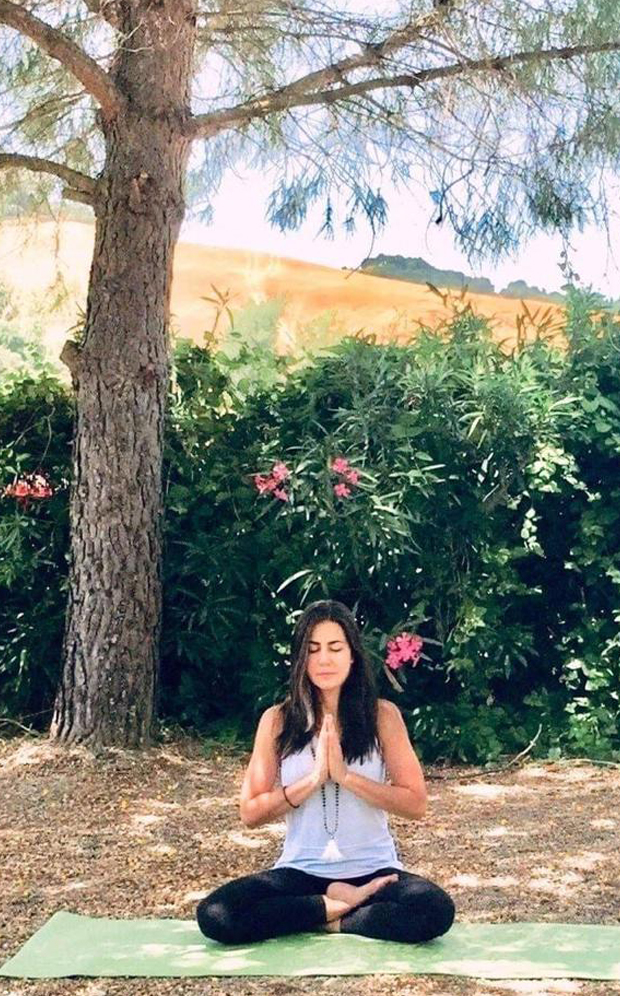
She starts by telling me that on a physical level their posture is much more comfortable and relaxed. They are more vital, breathe more slowly and sleep better.
At the mental level they are more present and concentrated. They have managed to accept reality from the calm, which resulted in their anxiety levels and improves their mood. And on an emotional level they have developed a control over their emotions that is reflected in calmer behavior.
Regarding changes in herself, she would say that every visit changes her a bit. She also has her own issues to work through, to accept, forgive and forget. But, in contrast to the inmates journey and healing process, her issues pale in comparison.
Laura Viera A: Do you think that meditation is an important element in their reintegration?
Sonia Bernal Carrasco: They deserve a second chance but they must heal before reintegrating into society. Depriving them of their freedom is not enough without a process that helps them recover and strengthen themselves. Meditation is a simple, deep and proven tool for healing processes.
Laura Viera A: Tell me what a meditation day is like in a detention center.
Sonia Bernal Carrasco: Although my meditation sessions have a structure, each day is different; each group is different. It is not the same to work with the syndicates as to work with the condemned, or with the maximum security inmates. When I arrive I always leave a few minutes to perceive the group’s energy charge, which on average is 15 participants. We start with a little movement to activate the vital energy while we review some concepts that I have taught them within the theoretical framework of my classes. Then we move on to the conscious breathing exercises to relax the mind and work the resistance to the permanent flow of thought.

Sonia believes deeply in her work and in the result she can achieve thanks to it. She assures me that the breathing exercises are essential, then quietness and silence are achieved. Despite the fact that at the beginning it can make inmates uncomfortable, as time passes by, that state becomes a favorable space for realeasing a little part of their suffering.
The work will continue
After seeing how people react and their evolution, she tells me without reservations that it would be wonderful to establish meditation programs in all prisons. Meditation is beneficial at all possible levels: mental, emotional, physical and spiritual, therefore it would be an important complement to the process of the inmates.
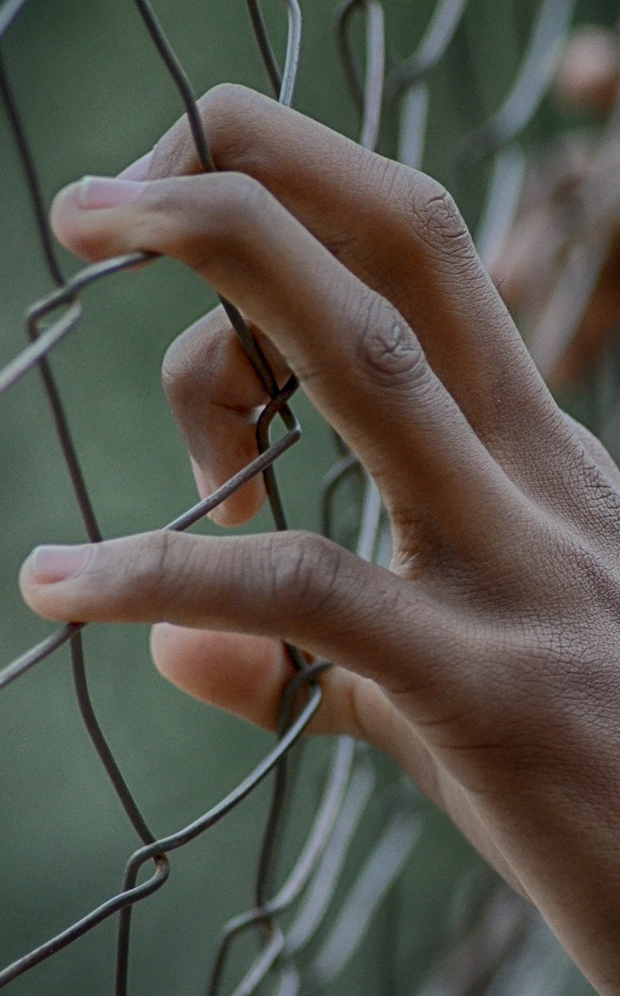
Each person has their own time, rhythm and issues to resolve and when they feel support and undertsanding they really move forward in their healing process.
The idea is to be able to continue the process with the inmates with whom she has been working for a year.
It is necessary to look after and monitor them through all the experiences they have in each stage. Considering the benefits and impact mediation has, Carrasco would like to implement her social project in other prisons and in different cities.
Prison Meditation is a beautiful social initiative that wants to bring deep, true and lasting changes in people who are deprived from freedom. Sonia wants to enrich the reintegration process of the prison population into civil society from the depths of their being, their soul. Supporting a conscious transformation in the inmates so that all this learning is worthwhile.


